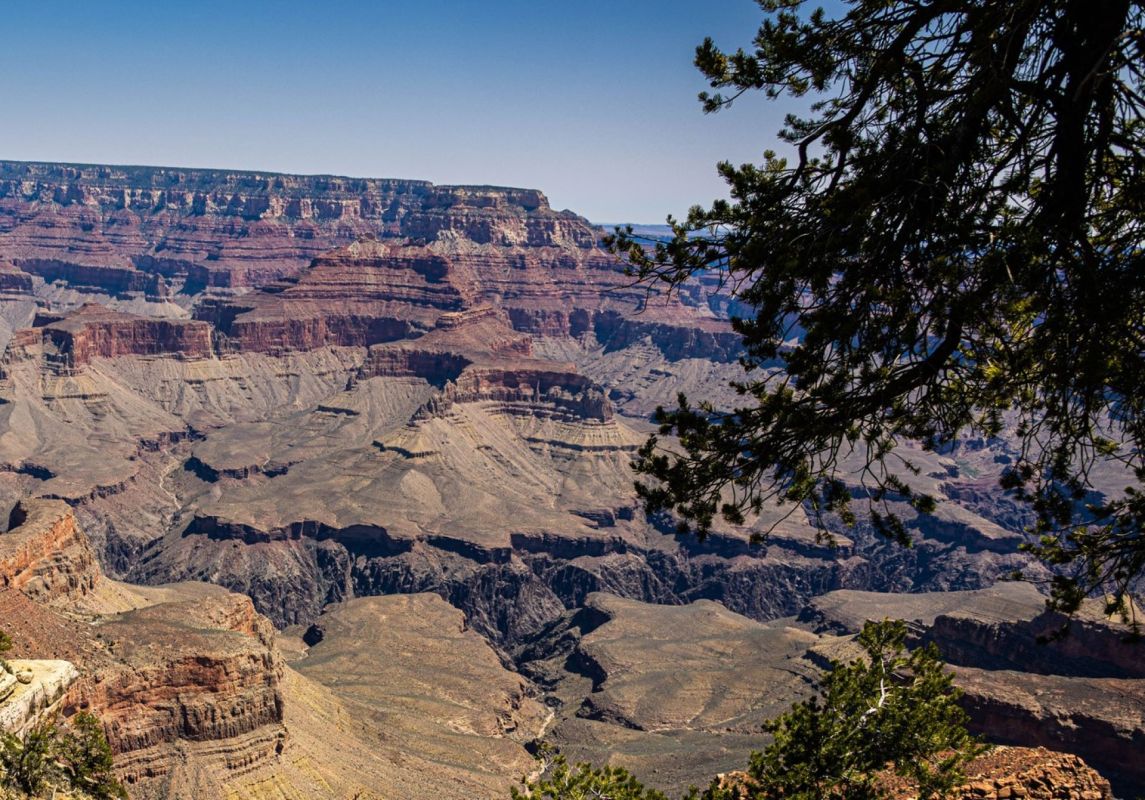Rising temperatures are making every aspect of life more difficult. And for hikers in America's warmest places, this weather phenomenon is costing some their lives.
What happened?
One hiker recently died on an 18-mile trek from the Grand Canyon's southern rim to the northern rim. The 55-year-old man collapsed during the lowest part of the hike. Efforts to resuscitate him were unsuccessful.
Although it's difficult for responders to know what exactly led to his death, scorching heat in the canyon was likely an exacerbating factor. On the day of his hike, temperatures in the lower canyon topped 100 degrees Fahrenheit.
Why is it important?
This death in the Grand Canyon was not the only one this year. A 57-year-old woman died in July after hiking in the canyon, while a father and his stepson died in June after a hike in Texas' Big Bend National Park after temperatures reached 119 degrees Fahrenheit.
Experts estimate that between 10 and 20 people die hiking in the Grand Canyon every year, and that number is only expected to climb as the temperature rises in the park. The most recent deaths in America's national parks have come on the cusp of record-breaking heat waves.
Currently, nearly 300 million individuals visit the national parks every year. National Parks spokesperson Joelle Baird reported to CNN that the heat has impacted more of these visitors now than in the past, sharing that ranger responses to heat-related illnesses have increased with rising temperatures.
Of all heat-related deaths in the parks, 60% have been attributed to hiking, making it one of the most deadly forms of recreation for park visitors.
What's being done to stop the issue?
Baird urges hikers to be mindful of the heat and to consider their physical condition before going on a hike through the treacherous environment. "People need to be acclimated. Heat can be a factor that a lot of folks — unless they're from a hot environment — can be blindsided by," she said to the Guardian.
Experts recommend limiting strenuous outdoor activity during heat waves, as well as increasing water consumption and taking frequent breaks.
Join our free newsletter for cool news and cool tips that make it easy to help yourself while helping the planet.
TCD Picks » Upway Spotlight















